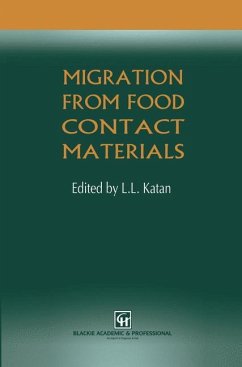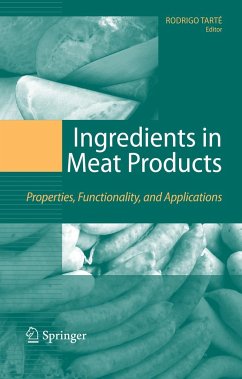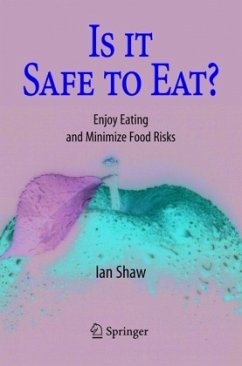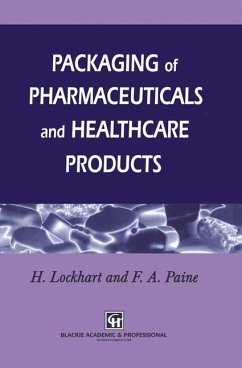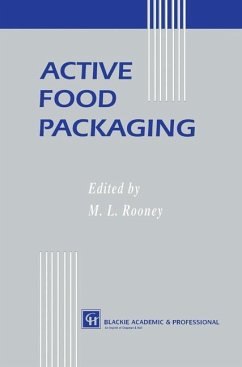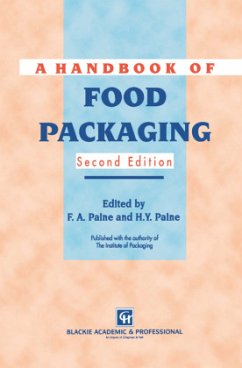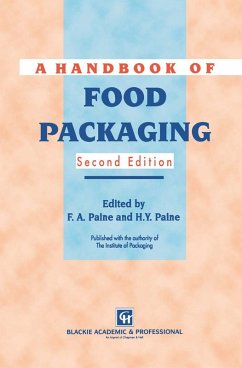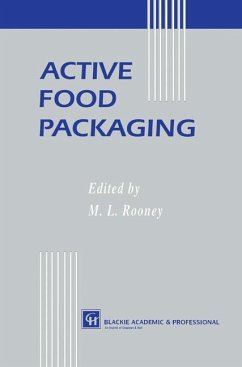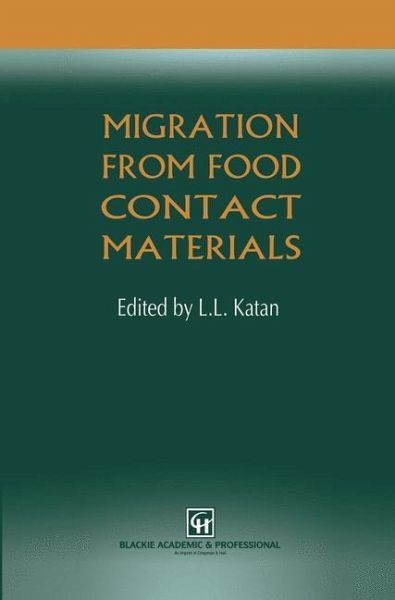
Migration from Food Contact Materials
Versandkostenfrei!
Versandfertig in 1-2 Wochen
115,99 €
inkl. MwSt.
Weitere Ausgaben:

PAYBACK Punkte
58 °P sammeln!
The advent of sophisticated packaging materials and methods had stimulated the development of complex delivery systems from producer to consumer, resulting in the availability of a wide range of products at an affordable price. Contemporary distribution methods are not without problems however, and specifically related to packaging is the possibility of migration--the contamination of food by components of the materials in contact with it. In this area, both technology and regulations are well developed, but basic science, for a variety of reasons, has tended to advance less quickly. This book...
The advent of sophisticated packaging materials and methods had stimulated the development of complex delivery systems from producer to consumer, resulting in the availability of a wide range of products at an affordable price. Contemporary distribution methods are not without problems however, and specifically related to packaging is the possibility of migration--the contamination of food by components of the materials in contact with it. In this area, both technology and regulations are well developed, but basic science, for a variety of reasons, has tended to advance less quickly. This book addresses the basic science of migration. The editor has brought together a range of authors, all of whom are acknowledged experts in their fields, to provide a timely and concise overview of this important topic. Covering basic science, common materials and the major regulations in North America, Europe and Japan, this book will become a key information source in every library concerned with food technology. Food technologists, manufacturers of packaging and other food contact materials and regulatory professionals will all find this book an indispensable reference source.





